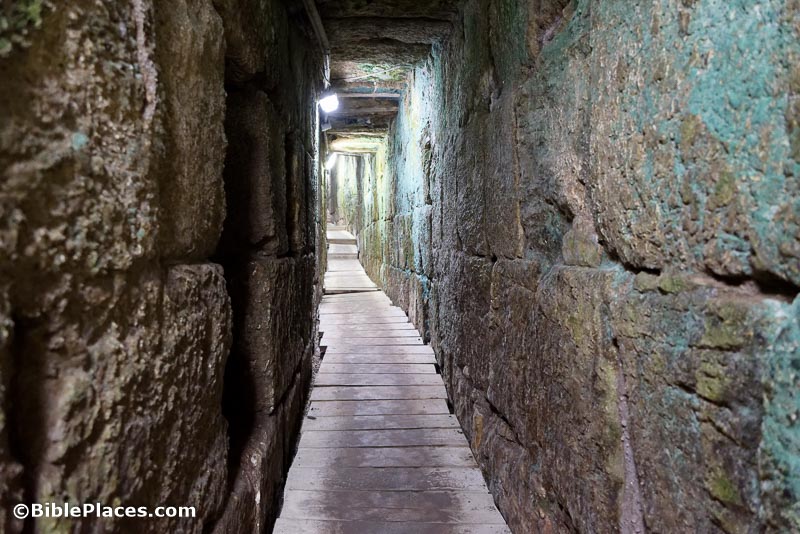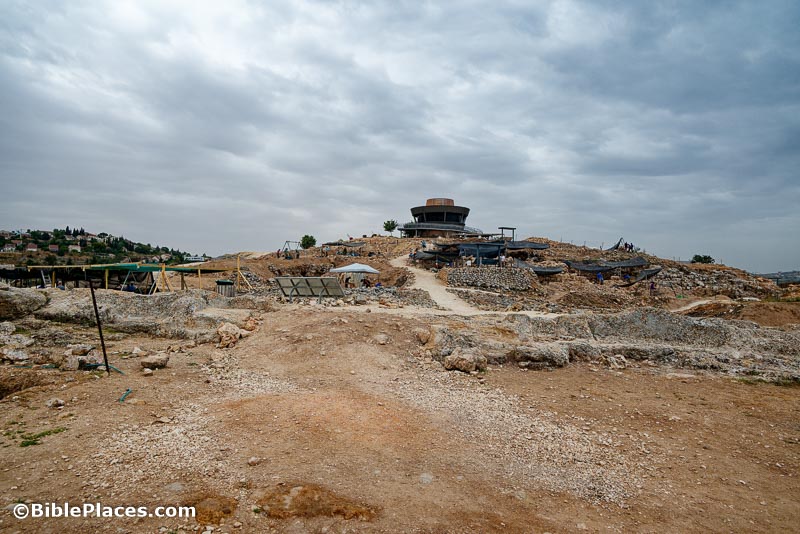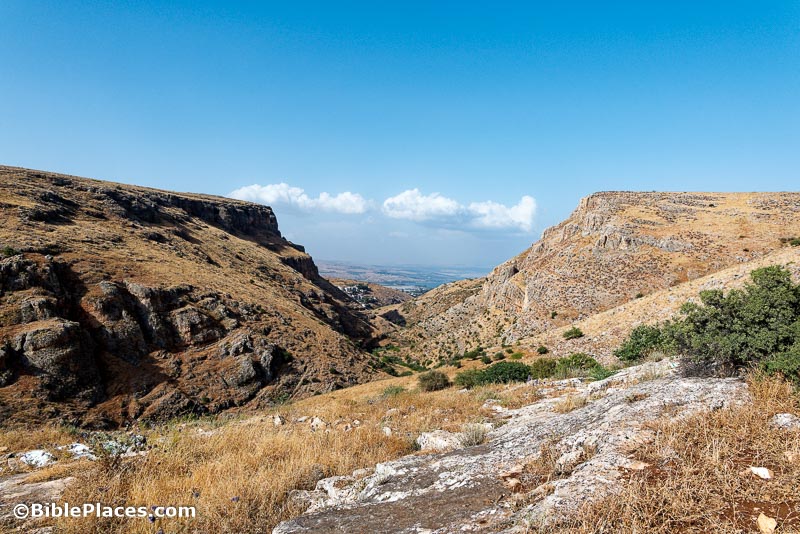Scholars at UNI Graz claim that a 3rd century BC papyrus has evidence of a binding, making it the oldest book in the world discovered. The press release is in German, but the video of the press conference is partly in English. Brent Nongbri offers some thoughts.
A network of stone walls along the Nile River provide evidence of ancient hydraulic engineering.
“A team of computer scientists and archaeologists from the University of Bologna in Italy has developed a new tool for identifying archaeological sites using artificial intelligence … [which] reached a predictive accuracy of over 80 percent.”
“A team of archaeologists and computer scientists from Israel has created an AI-powered translation program for ancient Akkadian cuneiform, allowing tens of thousands of already digitized tablets to be translated into English instantaneously.”
The square in Rome where Julius Caesar was assassinated has been opened to the public.
Renovations of the Carthage Museum will begin in 2025 and expand the exhibition space to three times the current size.
The book of Esther’s independence from classical sources makes it “more important as a historical source for Achaemenian history than has traditionally been assumed.”
“An ancient Hebrew Bible and more than 100 Roman coins were recovered by Turkish military police.” The photo with the article is not the seized manuscript.
New release: A Jew in the Roman Bathhouse: Cultural Interaction in the Ancient Mediterranean, by Yaron Z. Eliav (Princeton University Press, $45; save 30% with code P321).
New release: Wounded Tigris: A River Journey Through the Cradle of Civilization, by Leon McCarron (Simon & Schuster, $29)
New release: Famine and Feast in Ancient Egypt, by Ellen Morris (75 pages, Cambridge University Press, $22; free download until July 3).
In the latest episode of Thin End of the Wedge, Agnès Garcia-Ventura discusses the historiography of Assyriology.
Mark Janzen is guest on The Book and the Spade discussing the historicity of Moses.
Now that the Plutonium at Hierapolis (aka the gate to Hades) is open, Carl Rasmussen shares photos and explains what you are looking at and how the ancient rites were carried out.
HT: Agade, Alexander Schick
The worst experience in Jerusalem is walking through the drainage channel under the Siloam street. Unless you’re under 5 feet tall.


